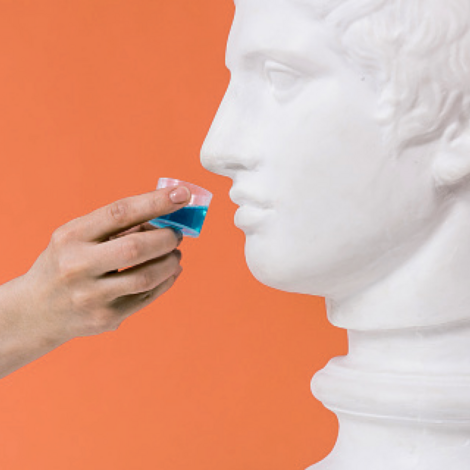The at-home peel business is booming, with Dr. Dennis Gross’s Alpha Beta Peel leading the pack, Dr. Shani Darden’s kit offering strength, and Summer Fridays pads leaning into convenience. Chemical peels clear away dead skin cells and product build-up that interfere with the absorption of other active skincare ingredients. But the question is: How strong and how deep can you go before irritating the skin and compromising the barrier function? We asked cosmetic chemist Javon Ford to dig in.—Linda Wells
An at-home peel is not comparable to the one you’d get from a salon or med spa. That doesn’t mean they’re ineffective. For one, your skin should not actually peel if you’re using any of the at-home products. With the traditional chemical peels you get in a spa environment, your skin actually starts to peel over the next week. At-home peels should be weaker and more subtle; they’re not going as deep into the skin.
Also, the acids tend to be different. You can get glycolic and lactic acid peels in the med spa or dermatologist’s office, but you can also get a stronger trichloroacetic acid (TCA) peel, which is super deep.
There are weaker versions. The original formula of Biologique Recherche P50 1970 lotion had a cult following. It contained phenol in a low concentration, but the company discontinued it earlier this year when the FDA banned phenol in cosmetic products.
Most face peels sold commercially are standard alpha-hydroxy acid (AHA) peels. They’re not that strong. For the new Summer Fridays peel, for instance, glycolic acid is the tenth ingredient on the list. They’re using a combination of lactic, mandelic, and glycolic acids. I can’t tell you the ratios, but I doubt it amounts to above 5 to 10 percent among the three. There’s FDA guidance that at-home chemical peels should not have more than a 10 percent concentration of AHA or a pH below 3.5.
The difference between a pH of 3 and 3.5 is substantial, especially in terms of skin penetration and irritation. Acids are most effective at a lower pH. For instance, vitamin C serums usually have a pH of around 3. That’s why some of them can tingle.
But the glycolic and lactic acid peels that you get at the store have a pH between 3.5 and 4. Most of them are around 4, where it’s comfortable on the skin, it’s not going to cause too much irritation, and its concentration of acids is less than 10 percent. But at a med spa, peels can have a pH of around 2.5 or 2. Those require neutralization with either sodium bicarbonate or a lot of water. You can’t just leave it on your skin; you need to bring your skin’s pH back to neutral.
Most brands don’t want consumers to risk irritating their skin, and they don’t want the product to require neutralization. That’s an inconvenience.
These over-the-counter peels shouldn’t upset your skin barrier unless you’re using one every day. At that point, you’re overexfoliating. It’s not so much the pH of the peel that’s disrupting the barrier; it’s the fact that you’re exfoliating the upper layer of skin so much that it becomes raw. Use a peel once a week, and you should get the benefits without compromising your skin barrier.
Javon Ford is a Los Angeles–based cosmetic chemist. He posts highly informative lessons, reviews, and myth-busting content on TikTok and Instagram @javonford16





